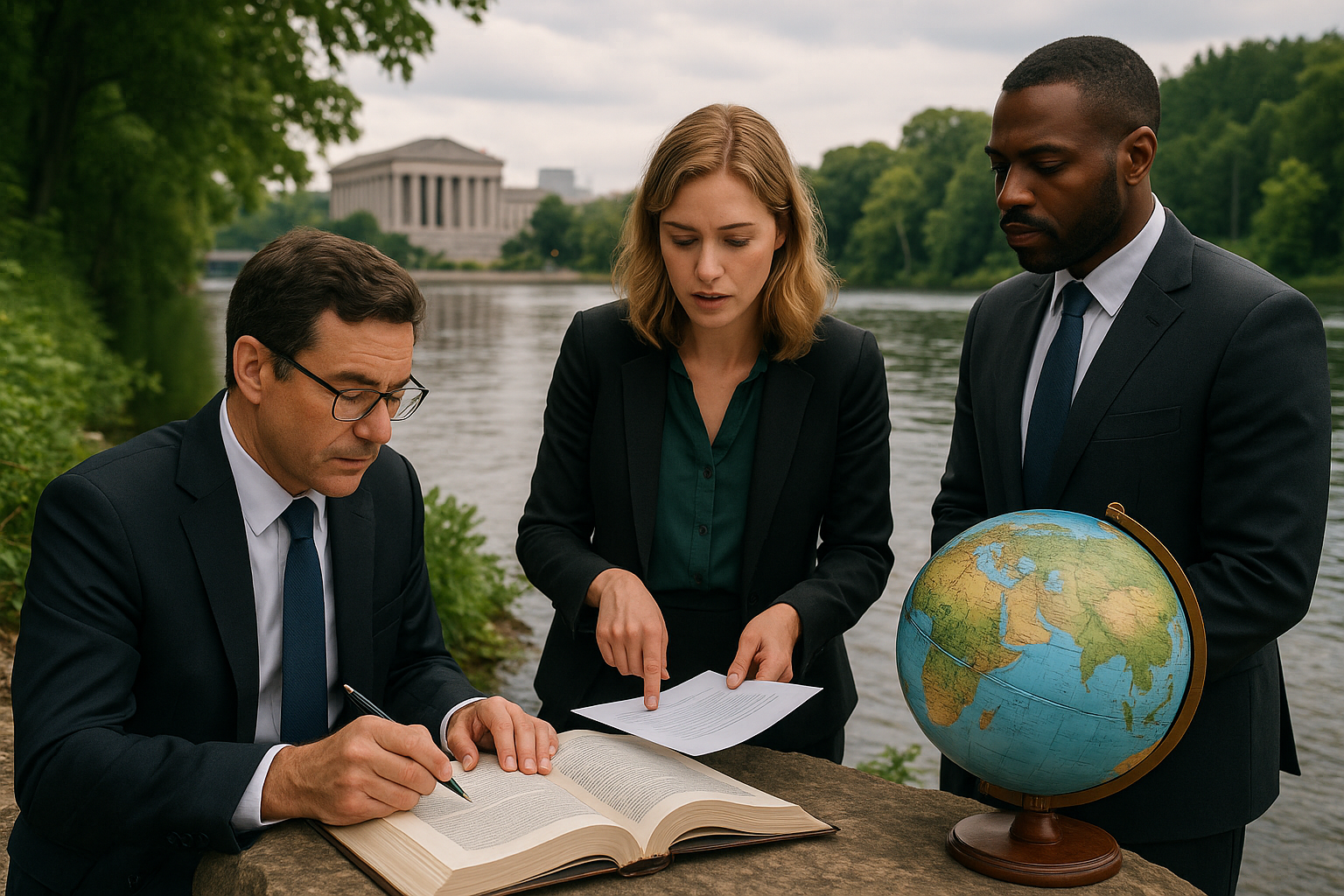Decoding the Intricacies of the Public Trust Doctrine in Environmental Law
The Public Trust Doctrine, a principle rooted in ancient law, acts as a cornerstone of environmental law in modern society. This article delves into the doctrine's historical context, recent developments, and its implications on contemporary environmental policies and societal well-being.

Understanding the Public Trust Doctrine: A Historical Overview
The Public Trust Doctrine has been a part of legal systems for centuries, tracing its roots back to Roman law. The doctrine was founded on the premise that certain resources are so significant to society that their ownership must reside in the public realm. These resources, often encompassing air, water, and wildlife, were deemed too critical to be privately owned. This legal principle has since been incorporated into modern environmental law, serving as a tool to protect natural resources and maintain ecological balance.
The Evolution of the Public Trust Doctrine in Modern Law
Over the years, the Public Trust Doctrine has evolved to encompass more than just the protection of traditional resources. In the United States, the doctrine was primarily used to safeguard navigable waterways and the submerged lands beneath them for public use. However, in the landmark case of Illinois Central Railroad v. Illinois (1892), the Supreme Court expanded the doctrine to include non-navigable waters and shorelands, recognizing the public’s inherent rights to these resources.
In recent years, the doctrine has taken on an even broader scope, being invoked to address climate change and the protection of atmospheric resources. For instance, the landmark case of Juliana v. United States (2015) saw 21 youths invoking the Public Trust Doctrine to demand government action against climate change, arguing that government inaction violates their constitutional rights to a safe and stable climate system.
The Public Trust Doctrine and Environmental Policies
The Public Trust Doctrine plays a significant role in shaping environmental policies. By serving as a legal tool for resource protection, the doctrine has influenced numerous environmental laws and regulations. In the United States, the doctrine is often invoked to challenge government actions or inactions perceived as detrimental to public resources.
The Public Trust Doctrine also works in tandem with other environmental protection laws. For instance, the doctrine is a critical component of the Clean Water Act and the Coastal Zone Management Act. These laws, among others, utilize the principle of the Public Trust Doctrine to safeguard natural resources for public use and environmental conservation.
Societal Implications of the Public Trust Doctrine
The Public Trust Doctrine holds significant implications for society. As a legal principle that mandates the protection of natural resources, the doctrine ensures the public’s inherent right to a clean and healthy environment. Furthermore, the doctrine provides a legal channel for citizens to challenge governmental actions that they perceive as harmful to the environment.
Moreover, the doctrine is instrumental in promoting environmental justice. By asserting public ownership over natural resources, the doctrine ensures that these resources are accessible to all, regardless of socioeconomic status.
The Future of the Public Trust Doctrine
The Public Trust Doctrine continues to evolve, reflecting the changing needs and values of society. As environmental issues become more pressing, the doctrine’s role in safeguarding natural resources and promoting environmental justice is likely to become even more significant. While the doctrine’s future applications remain to be seen, its enduring presence in environmental law highlights its importance in protecting our planet and its resources for generations to come.




